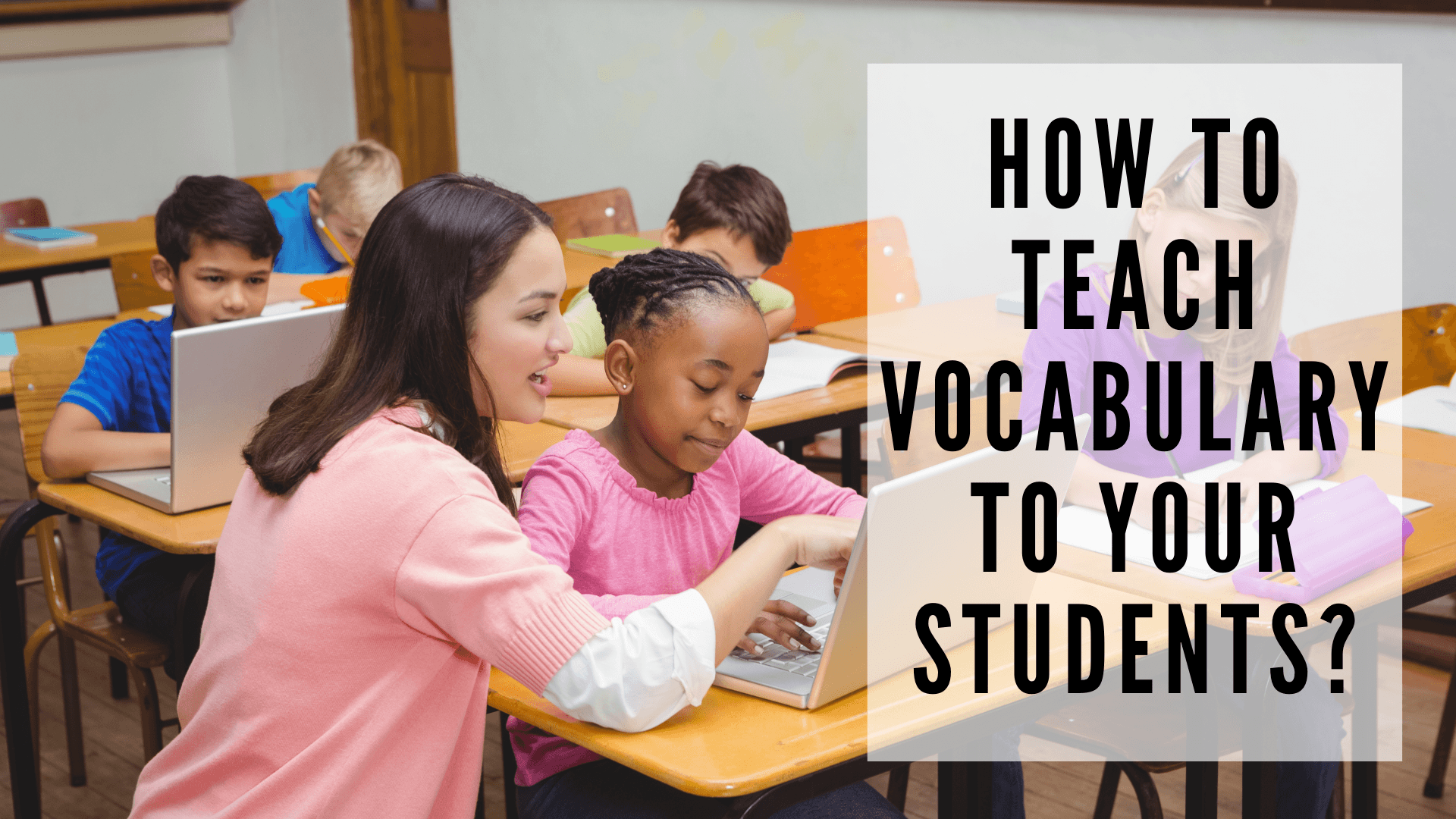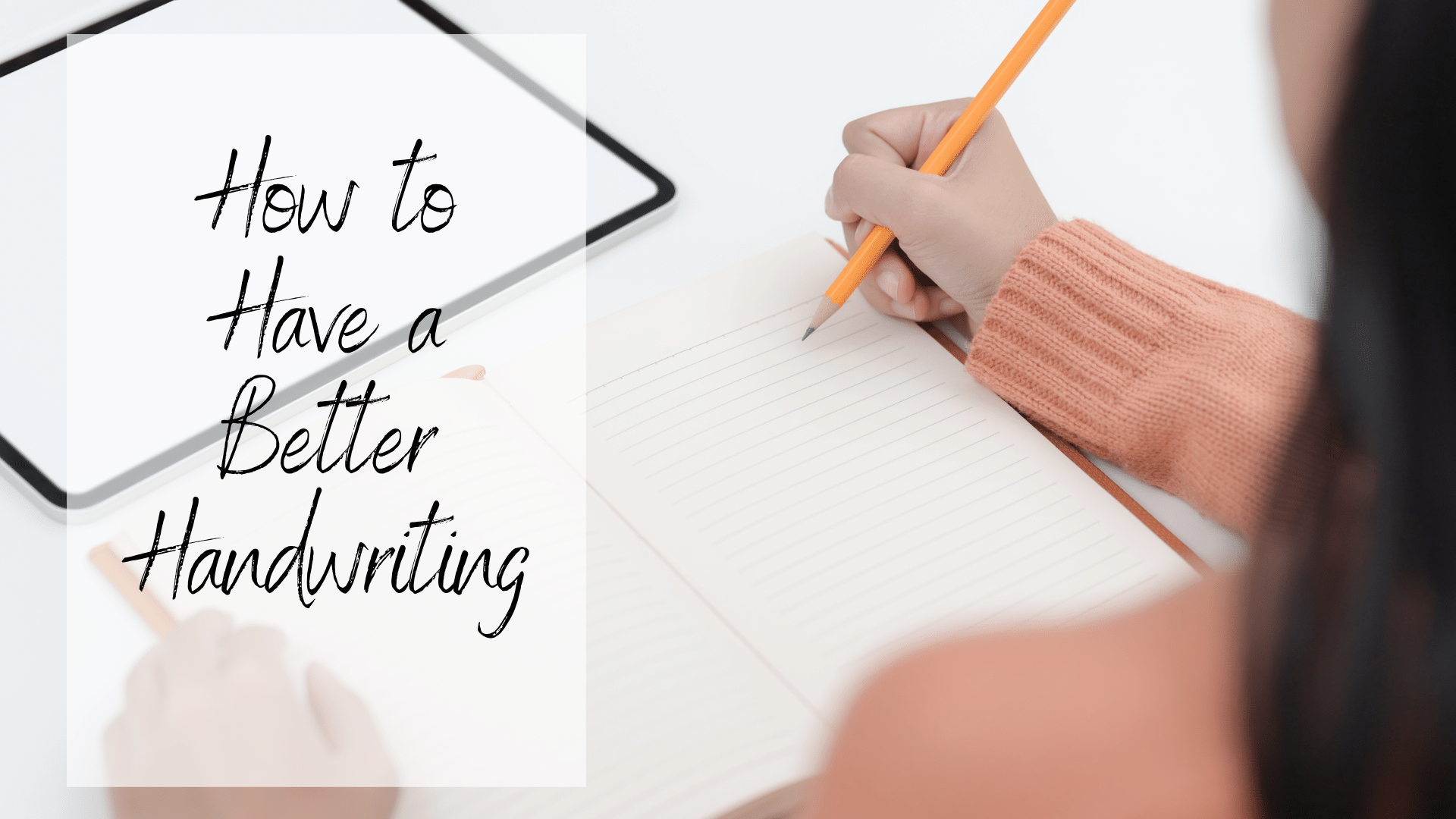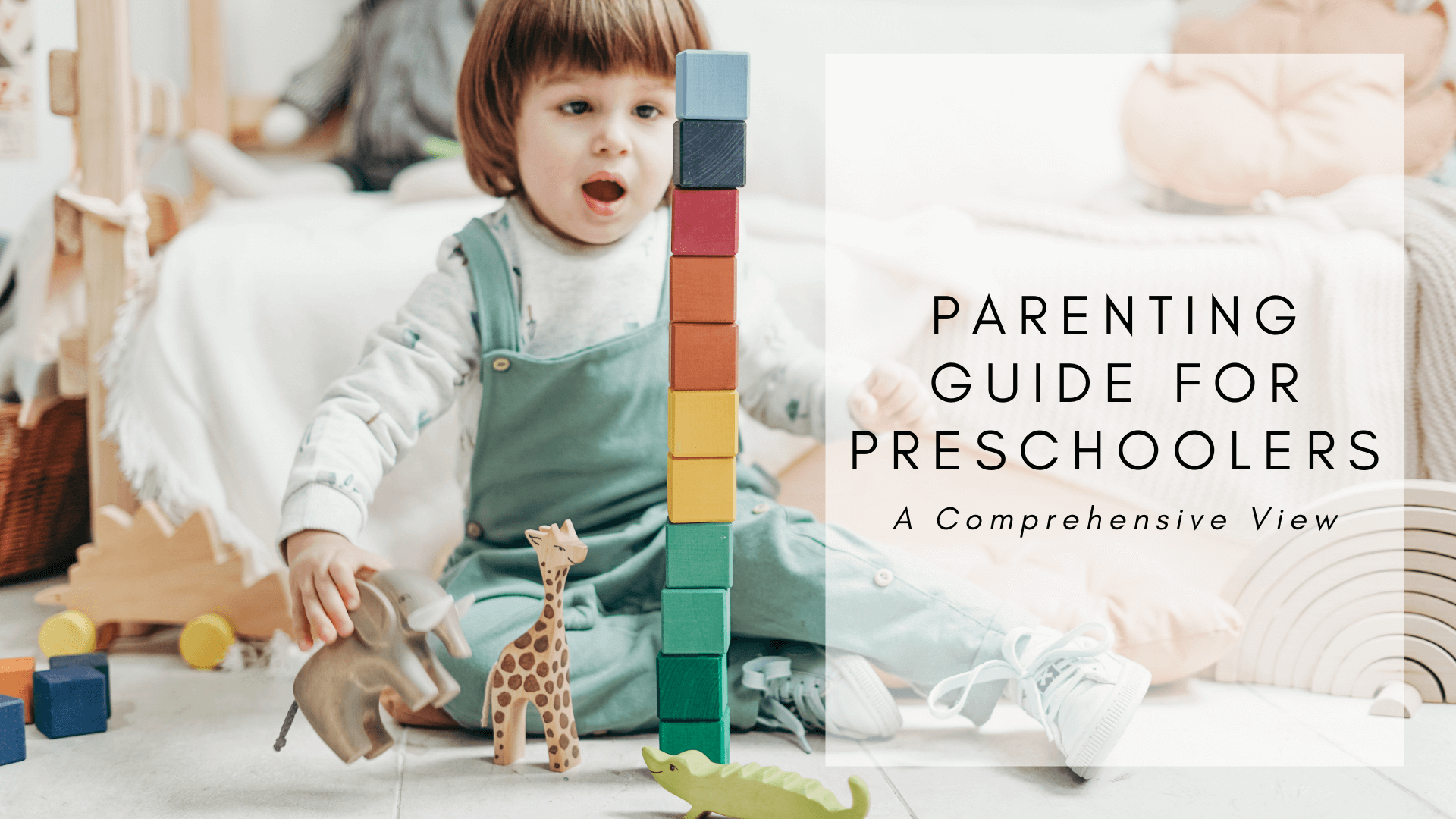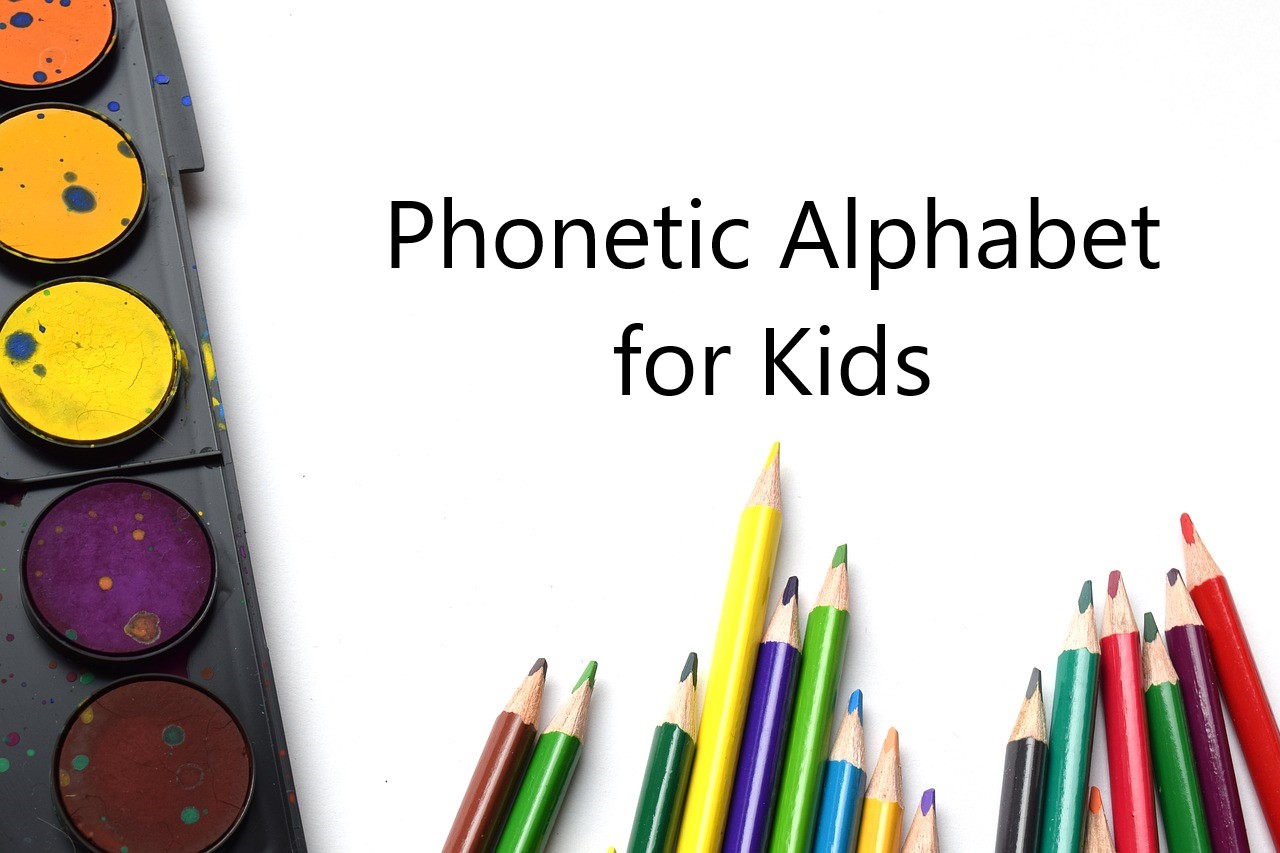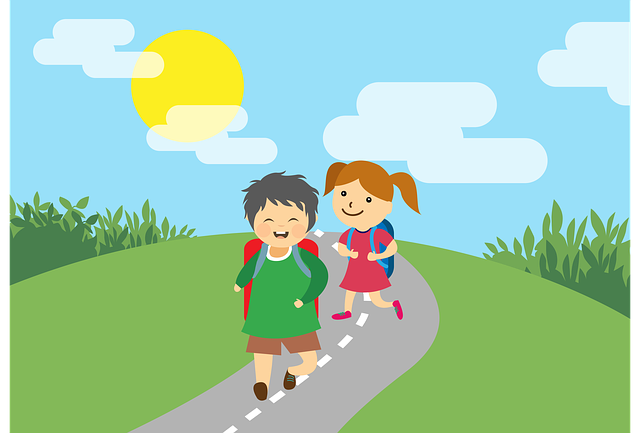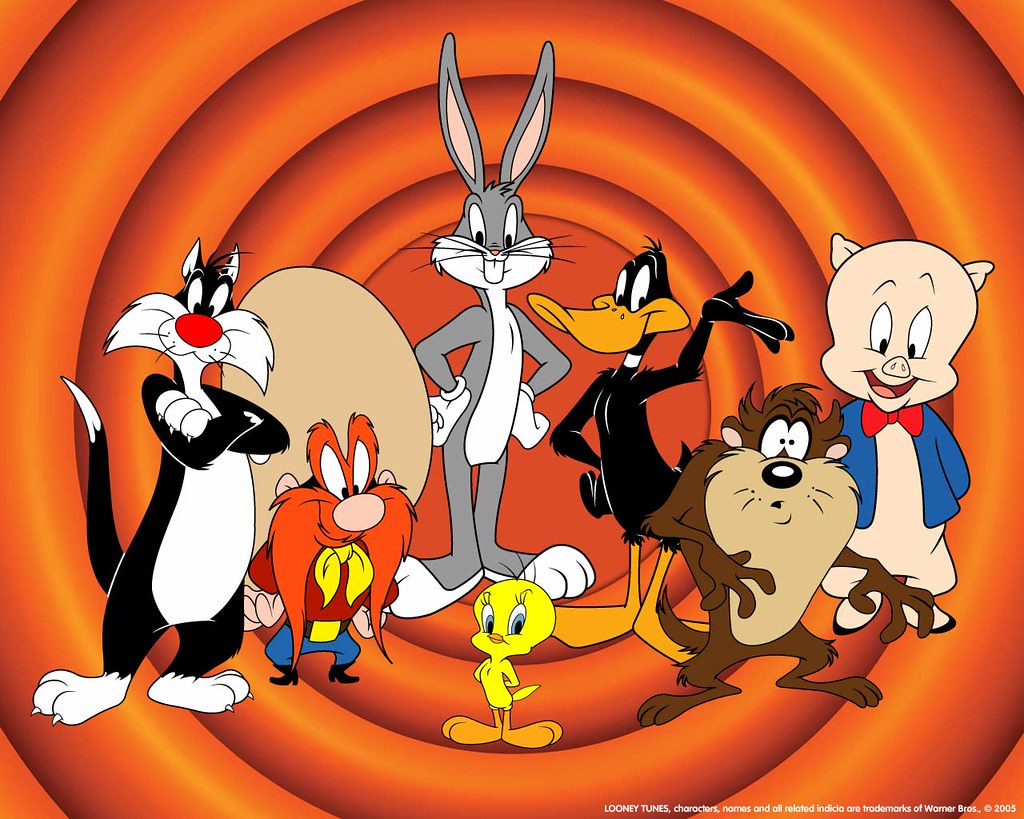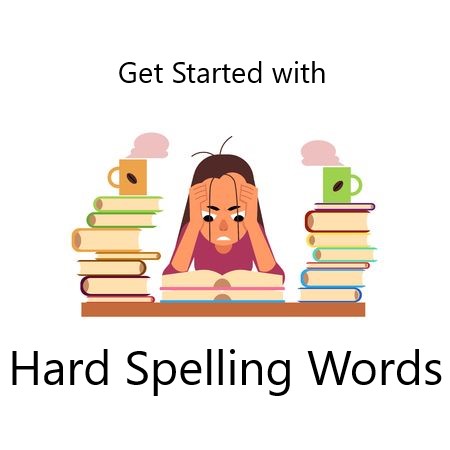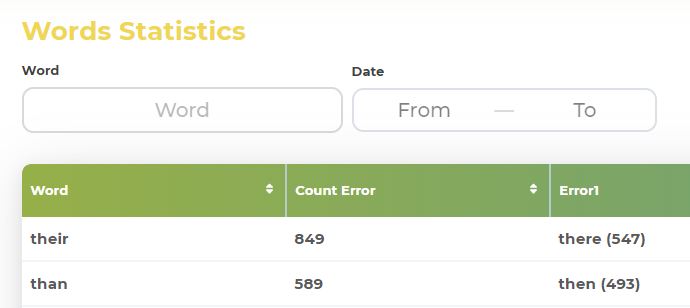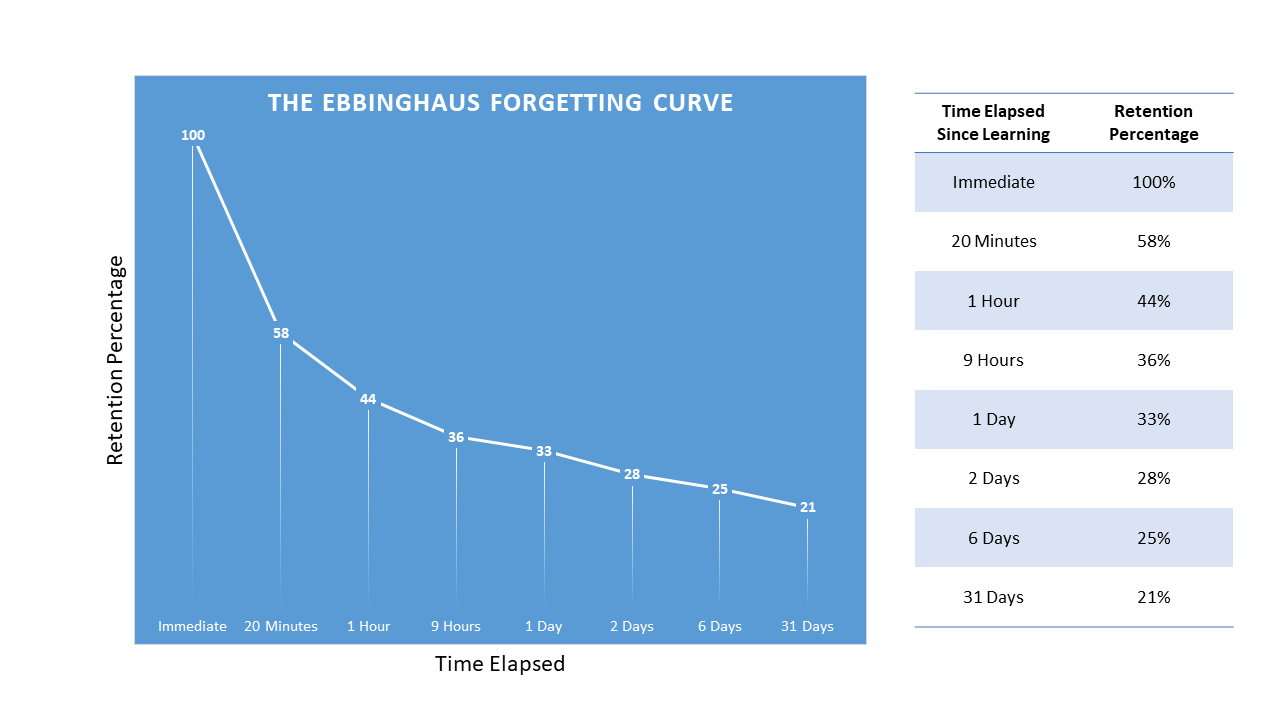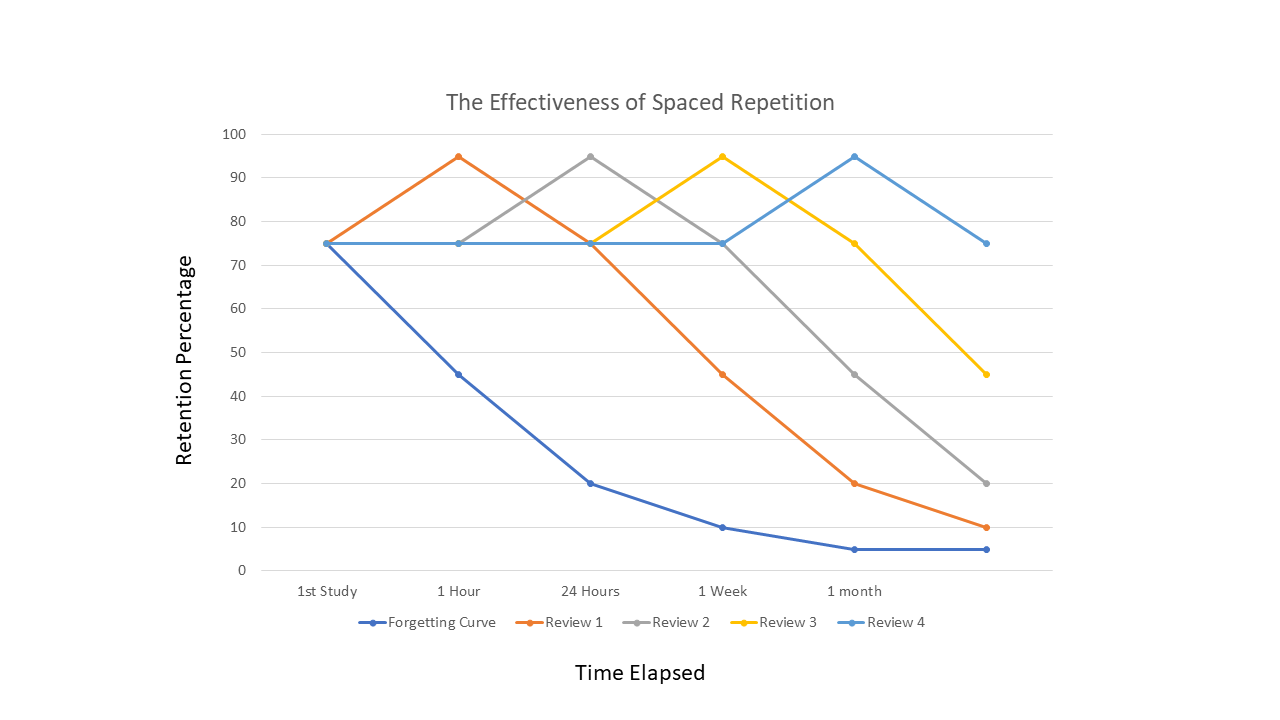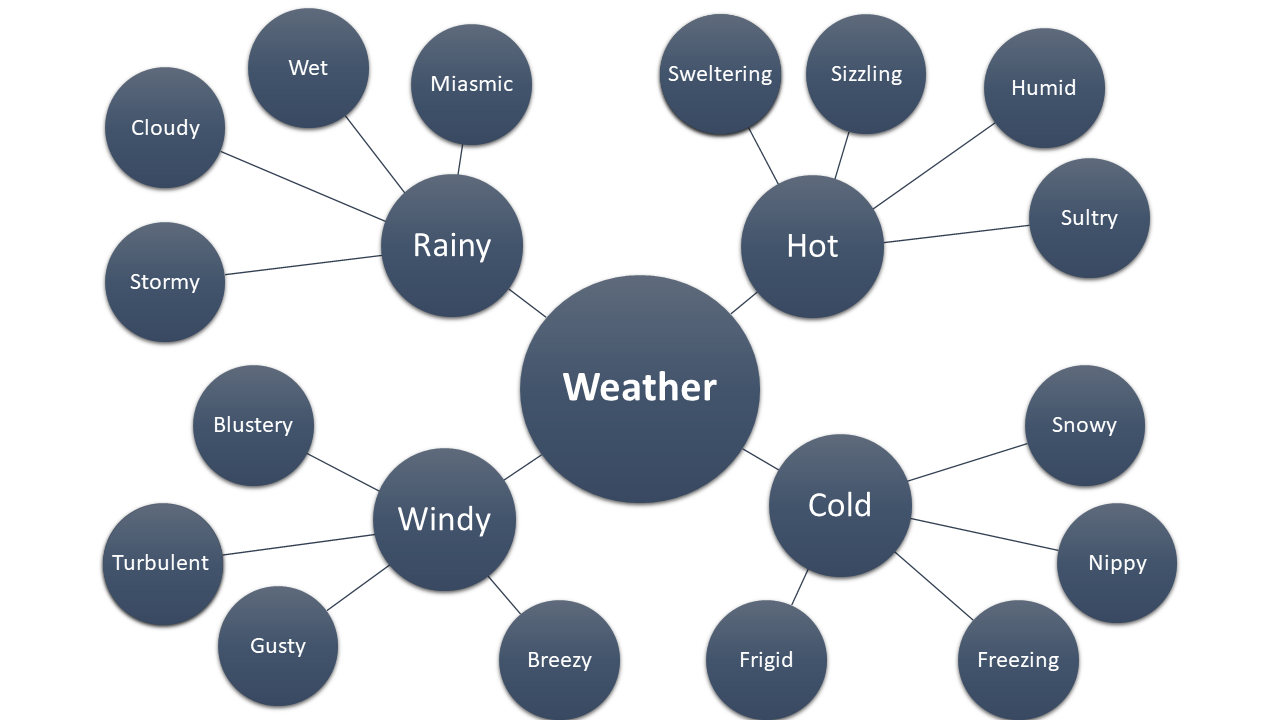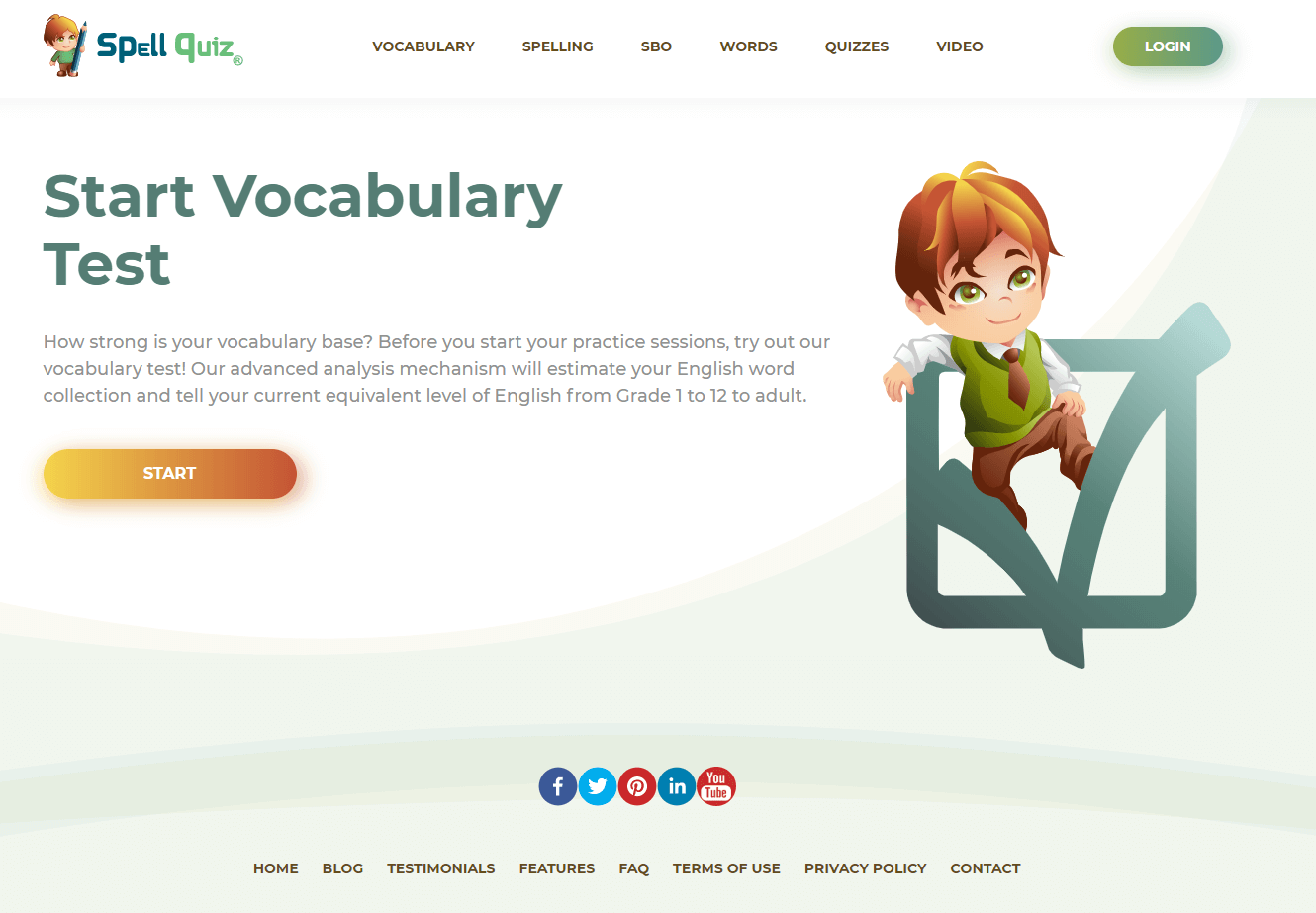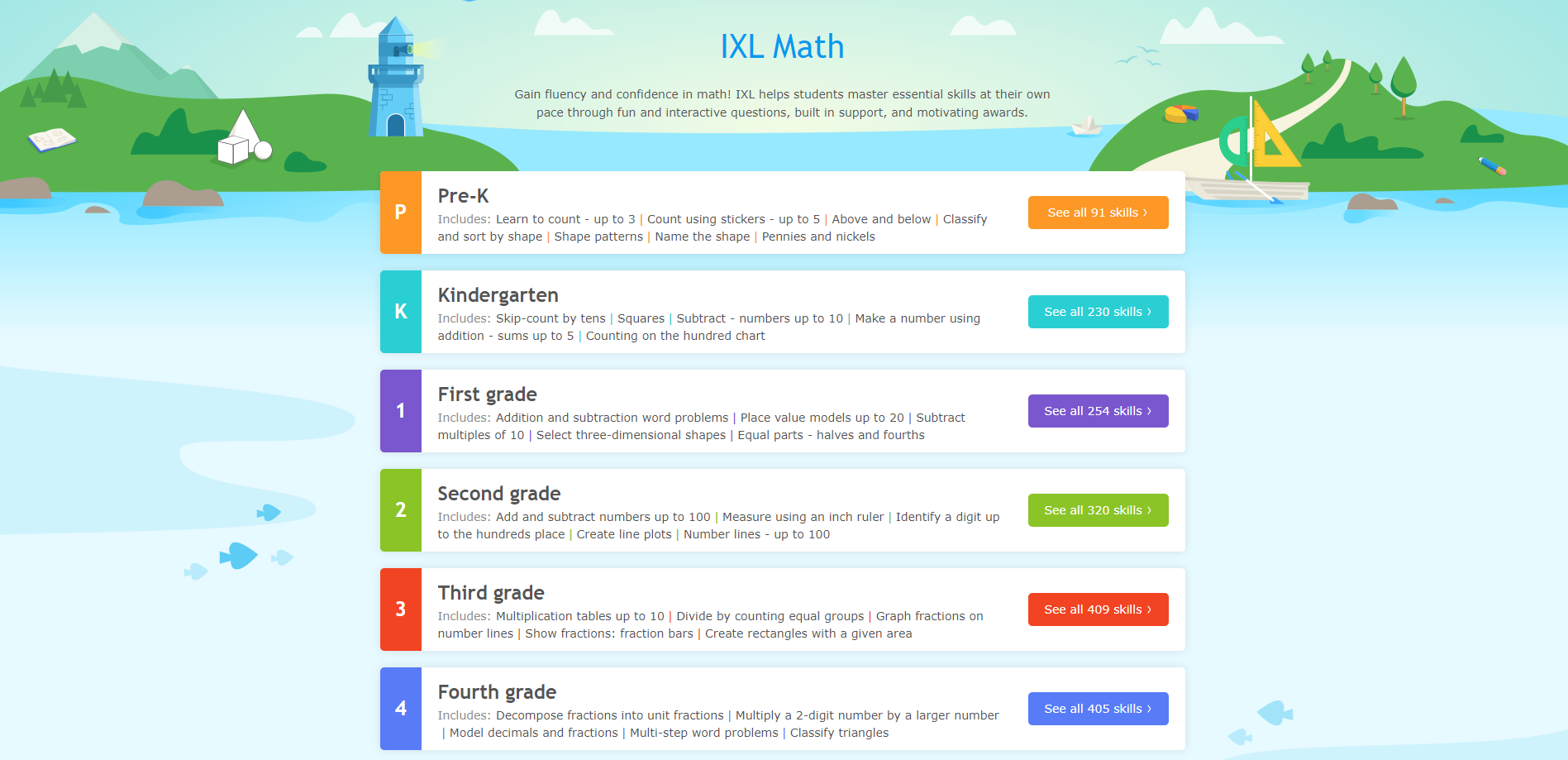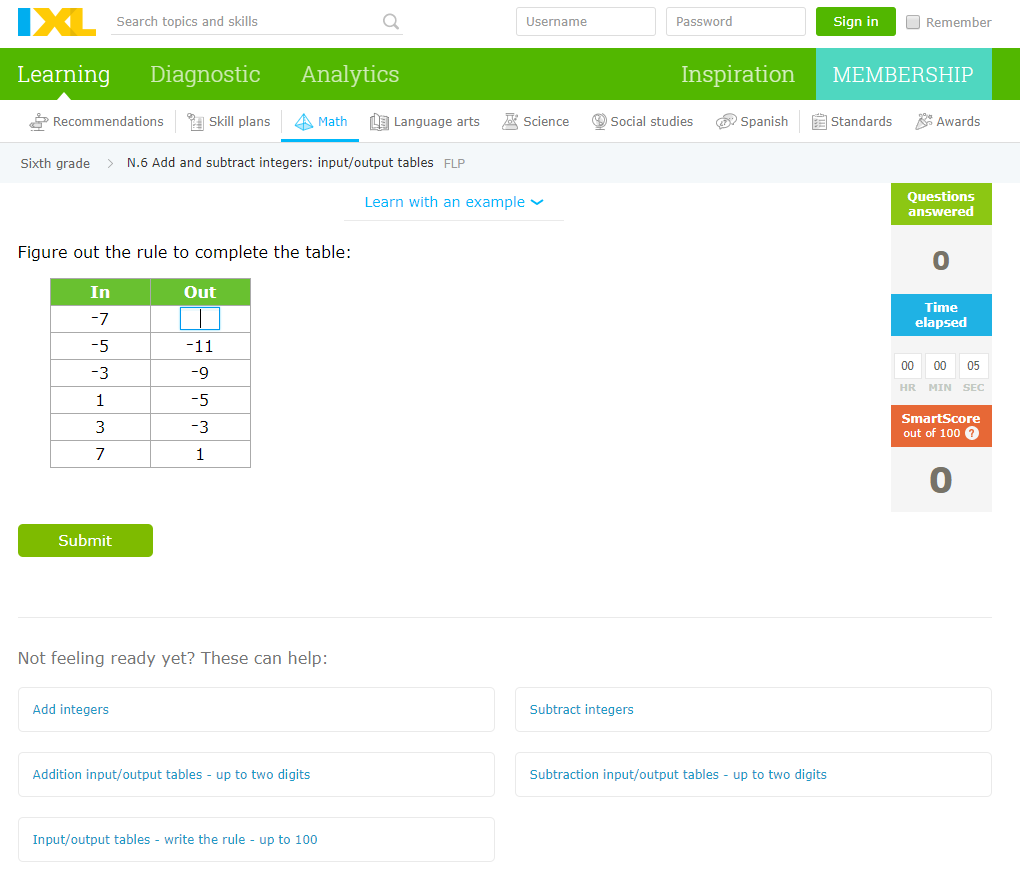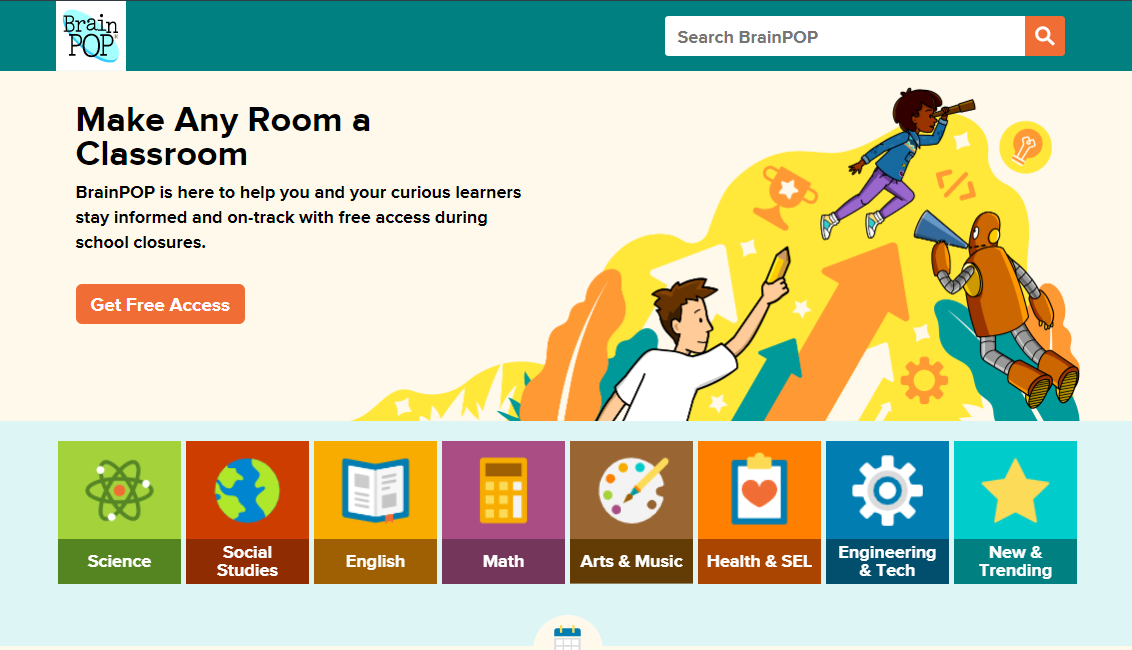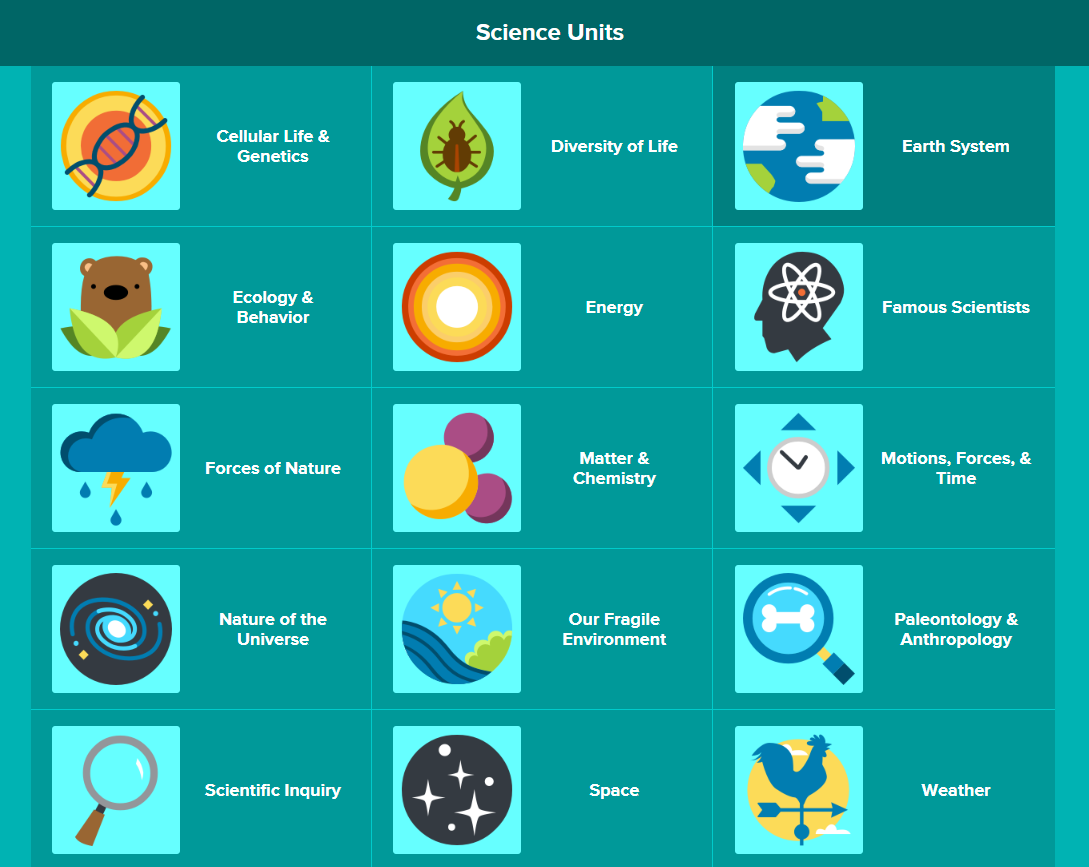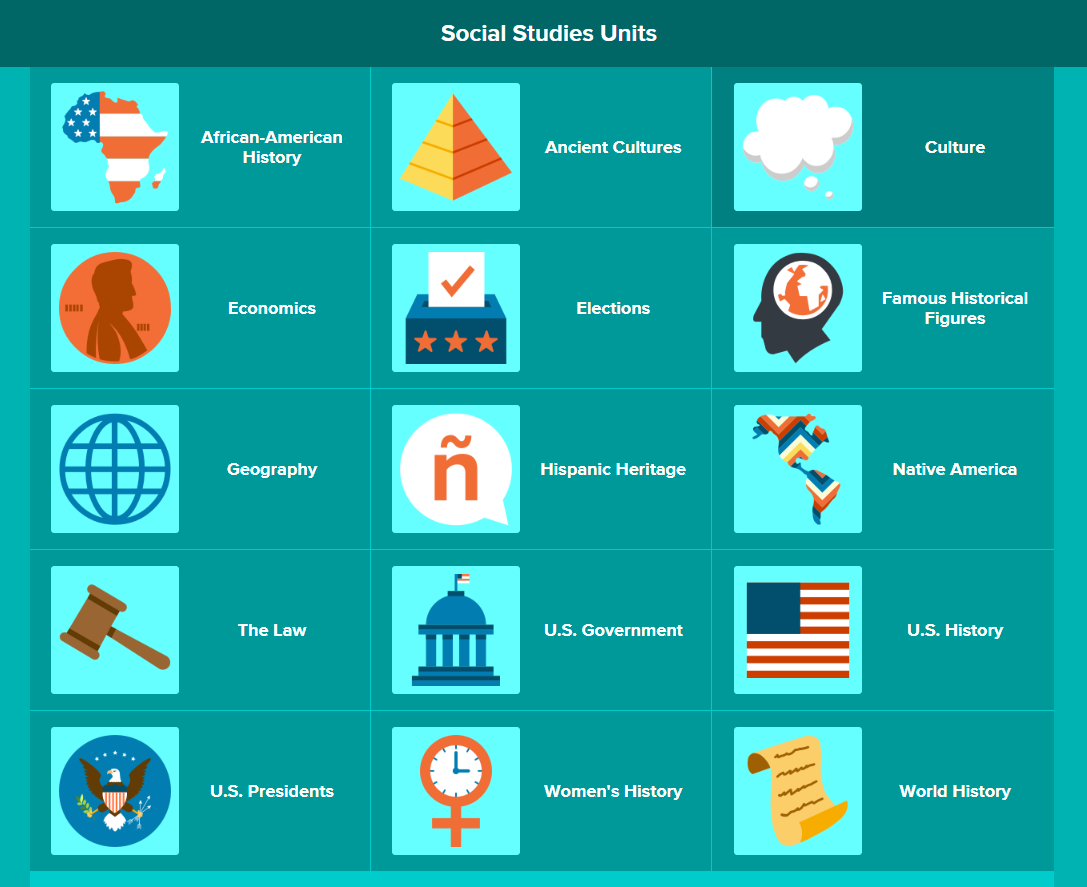The first few years of parenting might just be the hardest of all. During this phase, you basically create the foundation of your child. Later on, these teachings will reflect on the character of your child.
A three- to a four-year-old child will also step into their educational life. So, teaching them the alphabet and number counting should also be in your consideration.
But things aren’t that easy!
Especially if he or she is your first child.
So today, I will talk about the detailed parenting guide for preschoolers.
I have built this guide focusing on three major pillars –
- Being a better parent for you preschooler. (general guidelines)
- What to teach your preschooler? (Focused on education)
- Handling different behavioral issues.
So, let’s begin!
Table of Contents
Chapter 1: Being a Better Parent
What Is Successful Parenting?
Parenting is all about preparing your children to become responsible adults.
That’s it!
You don’t have to do anything else.
However, the simple phrase “preparing your children” can hardly justify the hardship and struggle that every parent in the world has to go through.
But if you dig deeper and try to find your way to the core of parenting, you will find the answer! All you need to do is – make the right choices.
Think of it like this – one day, you found that your child got into a fight with a classmate who stole his pen. You praised your child for punishing a thief!
But It was one of the worst things your son could do.
Apparently, you made a very, very bad decision!
The “correct choice” would have been teaching your child the negativities of partaking into petty fights with classmates.
Your small choices and actions determine whether you are a successful parent or not.
As we are talking specifically about parenting a preschooler, we need to focus on how you can be a better parent for your preschooler.
Preschool is the time where kids have all the curiosity in this world, and they want to know and try out everything.
I mean, don’t always get that same question over and over again – “what is that?”
So, you need to be with them and quench their thirst for knowledge.
Plus, make sure to nurture this habit of acquiring new knowledge.
Give them a lot of age-appropriate books to read, give them colors to paint, sing with them, dance with them, and so on.
Just make sure to fill their life with positivity.
How Do I Guide My Child?
A preschooler falls into the age group of 3- to 4-year-olds.
That means they are just learning to do things without your constant help. They are starting to feel a sense of pride and accomplishment of doing things on their own.
So, this is the perfect time to guide them instead of doing things for them.
Here are some of the strategies that you can follow –
Be the Role Model
It’s obvious that your child will not be able to most of the works by themselves. But to become independent, they will have to do them sooner or later.
So, teach them how to do certain things properly.
For example, if your kid doesn’t know how to eat by themselves, teach them. Show them how to hold a spoon properly, or how to organize toys after playing with them.
Simple things matter.
Learn to Say “No”
I know that your child is the most precious thing in the world for you, and you will do everything for their happiness.
But sometimes, you need to put a stop to their happiness for their own good!
If your child demands a toy every time you visit the local mall or demand to watch cartoons all day long, you need to respond with a no.
If you allow such behavior, they will become greedy and become even more demanding.
It’s not healthy to fulfill their every small dream!
Always Hear Them Out
Listening is perhaps the most underrated parenting skill. Always let them finish their sentences and thoughts before saying to take action.
When you listen to them, they feel valued.
It’s even more important to listen to them after they have done something bad.
For example, if you catch them eating moisturizers (!), ask them why did they eat the moisturizer.
Listen to their part of the story and then explain or take action.
Catch Them Doing Good
Children are hyperactive – they are always doing something, either good or bad. It’s a healthy behavior to catch them while they are doing something good.
Always welcome their good behaviors with compliments.
For example, if you see them organizing their playroom without telling them to do so, praise them. Like, “You did a great job, sweetie!”
Such sudden praises will strongly motivate them to do more good things.
Pay Attention to Them
Kids often do drastic things to seek attention from their parents. In their mind, the bigger chaos they cause, the more attention they get.
So, make sure to give them your attention.
They need it.
If you pay attention to them, they will stick to good behaviors most of the time.
Ignore the Bad Behavior
Children measure the importance of any activity (good and bad) on the basis of attention they get.
If they see your enthusiastic response after good behavior, they will more often do that behavior.
On the other hand, if you ignore them when they do something bad (not harmful, obviously), they will eventually stop doing it.
Why?
Because they are not getting the attention they thought they would get.
Monitor the Usage of Digital Entertainment
Technology, like a coin, has two sides – one bright side and another dark side.
Smartphones, tabs, or PCs are the gateways to a limitless world of educational content and healthy entertainment.
But on the other hand, it’s filled with contents that are too degrading and harmful for such young minds.
What do you do here?
Strictly ban them from using such devices?
NO!
Rather monitor their activities rigorously.
How Can You Be A Better Parent to Your 3 Or 4 Year Olds?
Again, the key to being a better parent has a strong tie with making them responsible and independent.
But does a three- or a four-year-old kid need to be responsible?
Yes, of course!
Certainly, such a young kid will not have to take major responsibilities. But they can take small responsibilities that build their character.
In fact, if they learn to take responsibility from a young age, such a grown-up mentality will make them even better adults someday.
Moreover, a one- or two-year-old child is too young to become independent. They are dependent on parents to fulfill every single need.
But, a three- or a four-year-old child starts to accomplish many things without the help of parents.
So, it’s the perfect age to sow the seeds of responsibility and independence.
Apart from these two main character-building traits, you should gradually cultivate positive traits like –
- Cooperation
- Team-playing
- Honesty
- Morality
Here are some practical suggestions that you can follow –
Don’t Do Things for Your Children That They Can Do Themselves
Certainly, as an adult, you can do things faster and more efficiently than your child. But that doesn’t mean that you will do everything for your child.
Let them do the thing on their own. It will help them to become more independent.
Here’s a quick tip – appeal to their sense of pride and accomplishment.
Practical Scenario
Suppose your child just has learned to tie shoelaces, but it takes them a lot of time to do it. Before going outside, rather than tying the shoelaces, ask him or her, “Can you do it yourself, or do you want my help?”
You will see this statement work like magic!
Kids more often would want to do it themselves.
Oh, one more thing, after every successful attempt (yes, attempts do count), praise them. It will encourage them to do everything by themselves.
Don’t Redo the Things that They Have Done
This is actually a continuation of the last suggestion. If your child does anything by themselves, it’s only natural that there would be some flaw.
But don’t overdo the whole thing to make it perfect.
It will badly discourage them from doing that again. Instead, praise them.
Over time, they will learn to perfect it themselves.
Practical Scenario
Let’s say you have asked to tidy up the bed. Your child will try their best to smooth out every wrinkle. But there can be some wrinkles in the bedsheet.
Do fix those wrinkles, but praise them for doing a wonderful job.
Let Them Solve the Problems
Solving problems give a strong sense of accomplishment. Moreover, the young ones will feel a surge of joy when they can solve a rather complex problem by themselves.
So, when your kid is stuck in a problem and wants to solve it themselves, don’t jump in and solve it for themselves.
You will be doing more harm than good!
Practical Scenario
Let’s assume; your child is stuck with a puzzle for hours. The puzzle might seem too easy for you, but not that easy for him/her.
Have some patience, and let them solve it themselves. Even it will take more time, but the happiness your kid will experience will be priceless.
Plus, such behavior boosts critical thinking, never-back-down attitude, and problem-solving mentality.
These traits are hard to cultivate, and only a few percentages of the people have. Let your child become a special one!
Assign Specific Daily Chores
What does make one responsible?
Fulfilling a duty!
You can use the same principle to make your kid act more responsibly. Assign him or her a specific daily chore and tell them that it’s their duty or they are in charge of that particular task.
It will give them a sense of responsibility, and they will think of them to be a contributing adult with real duties.
However, make sure to assign them a chore that they would be capable enough to handle. In no point that responsibility should feel like a burden.
Practical Scenario
Ask your child to water the flower plants every day. This is a simple of enough job that has real value and isn’t too hard to do.
Moreover, it will make them more compassionate towards the trees and plants.
Develop Healthy Habits and Routines
Kids show way more cooperation in schools. This because schools have certain rules and regulations. But more importantly, schools abide by routines and habits.
Sooner or later, kids learn what they have to do and when to do them. So, routined life makes them more responsible and cooperate more easily.
However, kids don’t behave with that such cooperation in homes. This is because home is a place of perfect comfort zone.
I am not asking you to have strict rules (like a school) in the house but you should cultivate some form of healthy habits and routines.
Such easy form of discipline will help them organize their lives.
Practical Scenario
Help them to form healthy habits like brushing teeth twice a day, not wasting food, changing cloths after they reach home, and so on.
Introduce Fun in Boring Activities
Kids refuse to do things that they don’t enjoy. But we have to a lot of boring things every day.
Turing responsibilities and boring activities into games could be a neat trick that you can apply. In this way, they will not refuse to do those activities.
Practical Scenario
Suppose, your child doesn’t want to put on shoes in the morning. You can pick up a funny accent and say humorous things like – Welcome to Mommy’s Shoe Store! Now, put these shoes on!
Such humorous approach might change their way of looking at boring activities.
Don’t Spoil with Rewards
A lot of parents spam the reward system to make their kids do something. This system works but you will spoil your child as they will only do things in exchange for that reward.
Soon, they will become the victim of greed!
So, never offer rewards for doing everyday works. Rather, you use a streak-based reward system.
Like, if they can maintain or do any task for thirty days straight, they will get a reward.
The thing with the streak-based reward system is that it bolsters patience and regularity.
Practical Scenario
Tell your child that if they can organize their toys after playing with them for thirty days, you will give them a new toy.
But avoid offering anything for everyday things like brushing teeth.
Also, you can offer them big prizes for big achievements like successful potty training.
What Are The 4 Types of Parenting Styles?
Some parents tend to have a laid-back attitude while some are extremely strict with their kids.
How you should behave with your child is totally up to you. But remember you parenting style will reflect on your kid’s behavior and future choices.
Diana Blumberg Baumrind, a clinical and developmental psychologist, first came up with a theory of categorization of parenting style.
Diana classified the parenting styles in four categories and assigned distinct characteristics to them. Later, her theory got popular and now it’s better known as Baumrind Parenting Styles.
Here is the classification –
- Authoritarian or Disciplinarian
- Permissive or Indulgent
- Uninvolved or Neglectful
- Authoritative
Authoritarian or Disciplinarian
Authoritarian parents are the strict parents. Actually, sometimes they break the limit and become too strict.
The parent-children relationship in the authoritarian parenting style is based on rules, obedience, and strong sense of control.
These parents are mostly famous for their legendary dialogue – “Because, I said so!”
I think you are getting the full image now.
Here are some of the identifying characteristics of the authoritarian parenting style –
- Parents use strict discipline policy with little to no room for negotiation
- Punishment (both verbal and physical) is quite common
- One-way, parent to child communication
- Rules are neither explained nor questioned
- Less nurturing
- Expectations from children are extremely high and
- Failures are met with harsh consequences
How does strict parenting affect a child?
Children with authoritarian parents either become very disciplined or very rebellious. They can even become hostile to their parents during their teen years.
This extremist-like parenting style is very harmful and is highly discouraged.
Signs that you are authoritarian parent –
- You never compromise with success and disciplines
- You are a strong believer of “Spare the rod, spoil the child” ideology
- When it comes to rules it’s your way or the highway!
- You believe that limiting fun time will increase the chance of success in exam (and in life)
- Your child has to ask for permission before they decide to do anything
- You don’t listen to your kid’s opinion as they are young and don’t know anything
Permissive or Indulgent
Permissive parenting style is almost the polar opposite of authoritarian parenting style. Here, parents don’t act or behave like a superior entity. Rather they try to become friends with their kids.
Typically, the rebellious children of the authoritarian parents become a permissive parent. They try to give as much freedom and nurture they can to their kids.
Here are some of the identifying characteristics of the permissive parenting style –
- Parents don’t believe in setting any rule
- Parents never discipline their child, they even don’t scold their children
- Two-way communication, the parents often follow their children’s direction
- Excessive nurture and care
- Expectations are often minimal, even in many cases parents don’t expect anything from their kids
You might think that that permissive parenting is the perfect parenting style.
You are WRONG!
In fact, permissive parenting can be even worse than authoritarian parenting in many cases.
The permissive parenting often produces spoiled, demanding, and aggressive children who exploit the freedom their parents gave them.
Plus, these children often have poor academic performances. They even show behavioral issues as they don’t like any rule or authority.
Signs that you are permissive parent –
- You only set some basic rules for safety purposes only, still never enforce them
- You always say “yes” your child
- When someone complains against your child, you lash out against them without knowing the full story
- You believe in giving complete freedom (excessive in many cases) to your kids
Uninvolved or Neglectful Parenting
In my opinion, this is the worst kind of parenting as the main motto of this parenting style is not parenting at all.
An uninvolved parent might think that providing money is all a parent has to ever do!
A child with an uninvolved parent might even think that he or she doesn’t have a parent at all!
Yes, it’s that bad!
So, what is neglectful parenting actually?
Basically, it’s a parenting style where parents are often unaware of their children’s whereabouts (mentally and physically).
For example, parents are unaware of the school progress report of their children, or forgets the birthday (or even the age!) of their children.
Such parents are often overwhelmed with their own lives and problems like paying bills, tackling the office works, managing the household and so on.
Here are some of the identifying characteristics of the uninvolved parenting style –
- No disciplinary rules are imposed on the children. Children can do anything that they wish to do mostly because the parents aren’t there or don’t know about parenting at all
- Little to no communication
- Little to no nurturing
- Parents don’t have any expectations from their children
- Parents are mostly unresponsive to the needs and wants of the children
The results are also dreadful.
Children having uninvolved parents often show impulsive behavior and delinquency. Later, these self-destructive behaviors lead to even worse scenarios.
Drug abuse, alcoholism, and suicidal tendencies are some of the gravest outcomes of neglectful parenting.
Signs that you are a neglectful parent –
- Most of the time, you don’t know where your child is, or who she or he is with.
- You rarely spend time with your child.
- You don’t know much about your child’s school progress.
Authoritative Parenting
Hmm, till now, every single parenting style proves to be a WRONG choice.
The key to good parenting is finding a balance between strict and nurturing parenting style.
The good news is that there is a perfect parenting style that fits this description – the authoritative parenting style.
Here, you’ll set up strict rules but also will clarify your reasons behind setting those rules. You’ll have higher expectations from them but will also welcome them in warm hugs when they fail.
The perfect balance!
Here are some of the identifying characteristics of the authoritative parenting style –
- Clear and strict disciplines along with reasonings behind them.
- Regular and reciprocating communication.
- Parents are nurturing and warm.
- High and clear expectations from children but parents don’t abuse the child if they fail to meet those expectations.
As you can imagine, the results of authoritative parenting are extremely positive. Many studies have praised the parenting style to be effective and positive.
How does good parenting affect a child?
In most cases, the children will have higher academic performances, higher self-esteem and independence.
Plus, they tend to show better social skills and prone to less mental conditions.
Signs that you are authoritative parent –
- You try a lot to maintain a healthy relationship with your children.
- You always set rules for most of the things but explain why you set those rules.
- If your child breaks the rules, you become strict and reciprocate with consequences. However, you don’t go overboard or act abusive.
So, if you are wondering, which parenting style is most effective?
Authoritative parenting – the clear winner.
Helicopter Parenting: The Type of Parenting You MUST Avoid
There is nothing wrong with being involved with your child, it’s actually good to be there for your kids.
But there IS a limit.
Otherwise, you’ll smother your child with your love!
Yes, that’s possible too.
So, what is helicopter parenting?
It’s a parenting style where the parents overprotect their children from about everything!
For example, suppose, your child didn’t understand a math concept in the class, and in react, you called the principle of the school and complain against the teacher.
This is the classic helicopter parenting trait.
Similarly, spoon-feeding a teenager, deciding whom should the child play with, doing the homework for them, deciding which hobby should the child pick are some of the classic examples of helicopter parenting strategy.
Basically, the parents constantly “hover over” the children and monitor (and decide) their every movement!
Let’s dig into the WHY of this situation.
The main reason for such unreasonable behavior is mainly anxiety. These parents are always anxious thinking that “something terribly bad will happen to my child!”
The “I won’t let anything bad ever happen to my child” mentality dangerous.
Also, impractical.
Think of it, failure is a part of life and we fail in many things in our lives. So, it’s only common that our children will fail at many things.
This is how life works.
But helicopter parents can’t fathom the idea of their children failing at anything.
Thus, the over-protection continues.
Helicopter parenting style can have many bad consequences in the long run. These are only a few of those consequences –
- Kids will suffer from low self-confidence and self-doubt
- Children won’t be cope up with tough situations and failures
- They will suffer from anxiety and depression
- Low self-esteem will strike
- Sense of entitlement will spoil them
- Failure to adopt essential life skills
What Is the Most Psychologically Damaging Thing You Can Say to A Child?
Children look at their parents as the biggest source of inspiration and motivation. Even if the whole world is against you, one positive message from your parent will make you fight off the whole world.
That’s the power of the words of the parents.
On the other hand, the same power can crush the children.
The most psychologically damaging thing that parents can say is – You can’t do it!
With enough mental strength anything is achievable. But if somehow one can damage that mental strength even simplest tasks appear to be impossible.
Parents saying You can’t do it! completely shatters the mental strength of the children.
You should NEVER EVER say it to your children. You might not notice but you are actually destroying them inside.
What Are Parenting Strategies?
Every parent follows a different parenting style. Everyone chooses the specific parenting strategy that suits their needs and ideology.
Here are the seven “very creative” parenting strategies –
- Offer labeled praise
- Overlook minor mistakes and misbehavior
- Study different child development theories and concepts
- Take time-out to blow off the pressure
- Rather than punishing, focus on prevention of misbehavior
- Take Care of Yourself
- Relax and Do Nothing (from time to time)
How Do You Do Parenting Techniques?
Don’t stress yourself, raising kids is a hard, hard job.
Yet at the same time, you can say that it’s the most satisfying job.
There are thousands of small techniques that can make your parenting responsibilities a bit easier. But covering all of them in one place is a near impossible task.
However, I can talk about a few smart techniques at least.
Check them out and let me know these techniques can help you in the long run or not –
Don’t Hurt Your Child’s Self-Esteem
Yes, even a young child such as a three- to four-year-old have a self-esteem.
Actually, your behavior, body language, and attitude towards them defines a persona. Kids try to preserve that persona and that eventually develops their self-esteem.
Naturally, your praise, motivations, and constructive criticism boosts that self-esteem.
On the other hand, your anger, belittling comments, ignorance, and such other negative attitudes shatter their self-esteem.
So, in a sense, your kids will become whatever you are telling them to be.
This means, your words and behavior have a massive impact on them.
Maybe more than you can imagine.
Whenever you say, “Don’t talk like a stupid kid!” or “Why are you nagging like a baby?”, you are destroying their developing personality.
Be careful!
Rather you should use positive tones and attitudes even when you are disciplining them.
Be There When He or She Does Something Good
Yes, kids play around and act curious all day long. So, normally, they will do a lot of “bad” things.
In such cases, you probably scold them or tell them to stop doing that “bad” thing immediately.
Don’t get me wrong, you SHOULD do that.
But how many times do you catch them doing something good?
I mean, sometimes they make their beds, sometimes, sort out the toys, without even asking.
They do a lot of good things apart from naughty, don’t they?
I am asking you catch them when they do something good. It’s also healthy to compliment them right away. The thing is your small compliments will encourage them to do those good things more and more.
They are hungry for compliments!
Even you can discipline or passively control their behavior with such positive parenting. Probably a lot better than constant scolding.
It’s also possible that you child will do more of the “good” things just to get your praise!
Set CONSISTENT Rules
You can easily spoil your child if you don’t discipline them. Having a set of rules is always a healthy parenting technique.
They help to teach self-control and controlled development.
In fact, without rules, they might fail to become “responsible” adults!
It’s serious.
Here are some examples of such rules –
- No TV after 10 PM
- Can’t go out to play without getting dressed properly
- Playing with fire is STRICTLY prohibited
- Teasing or hurting other children is BANNED
- No name-calling
- Must wash hands and feet after coming back from outside
Not every rule should have the same level of importance or weight.
For example, playing with fire is far serious act but watching TV after 10PM is not.
The violation of these rules should have consequences. But certainly NOT physically or mentally abusing them. Time outs or loss of privileges are some of probable solutions.
Think about it and come up with something creative.
Also, before punishing or relying on consequence, you MUST give him or her a warning or a second chance.
This is a healthy behavior.
Even you saying, “I’m very disappointed at you!” can be very effective. It makes them realize their mistakes.
But you need to be consistent with your reactions. You need to strictly impose consequences every time. If you enforce the rules strictly once and then do nothing the next time, they will not feel the strictness of the rules.
So, set the rules, and be consistent with the consequences.
Spend Time with Your Kids
A three- to four-year-old child is very dependent on his parents.
In fact, most of the times kids misbehave just to get the attention from their parents.
They need you.
I also understand that giving enough time to your kids is a tough for the working parents.
But let me tell you something, your kids aren’t asking for 24 hours from you but some good “quality time” only.
Kids will even remember the little things as long as you have fun together.
You can always do these things –
- Wake up half and hour early and go for a morning walk with your kids
- Watch some cartoon together after dinner
- Enjoy a special night every week
- Play board games
- Teach them chess, uno, or ludo
- Leave a note on their lunch box
Remember, even the small things can have a huge impact if you pour your hearts on it.
Be Someone to Look Up to
Children naturally look up to their parents. You are your child’s role model. But you need to become the “ideal” role model, someone worth looking up to.
If you are in shambles, what would that teach your children?
It’s up you to teach them respect, kindness, honesty, and modesty.
You can’t ask your child to become kind if you are harsh with everyone else.
They learn by watching you.
So, be the person you want your child to become eventually.
Communicate, Properly
One of the biggest flaws of a damaging parenting style is the lack of communication.
In most cases, the communication happens in a one-way fashion. Parents talk and kids listen.
This is the first sign of a destructive relationship!
Even a three- to four-year-old child expects explanations and want to share their thoughts.
From now on, whenever imposing a rule, explain why you set that rule. If you explain their will understand the significance of that rule.
Also, listen to what they have to say regarding the matter.
If you do so, they will start to grow a sense of responsibility. It’ll help be to become a better individual and responsible adult.
Always Be the Loving Parent
While disciplining our children, we often become “too” harsh. Kids might get too intimated at your behavior, might even start to fear you more than they love you!
Such hardcore disciplining can be dangerous.
You might not realize it soon but eventually it might result in creating an unresolvable distance!
Try to avoid blaming, over-criticizing, or shaming.
Such negative behaviors might lead to resentment and they might even hate (!) you in future.
So, always remind them that as a parent, your love in unconditional.
Make sure to love them always, even when you are disciplining them.
Chapter 2: Parenting Guide on Education for preschoolers
What Should I Be Teaching A 4 Year Old?
id=”3″It only seems like yesterday when your child only learnt to walk and call you mommy or daddy, right?
Time flies and in no time!
Soon, your child will be going to the school. And you must be getting worried thinking what should you teach your four-year-old.
Let me make things simple. Don’t stress out and go overboard with everything. You don’t need to teach them spelling or simple addition in this tender age.
Just prepare them for the kindergarten.
That’s it!
Here are some of the things what a child should know by age 4 –
Basic Language Skills
The most basic thing that a four-year-old should know is basic language skills. This is the step one of everything.
First of all, a preschooler should be able to speak the mother tongue.
Otherwise, you can’t tech anything to them.
Then, comes the knowledge of the English language. You can’t ignore the power of English language despite the country you are coming from.
It’s the international language.
Apart from teaching them about the letters and alphabet, you should also teach them other aspects of English learning skills.
Try these activities to increase their grasp over the English language –
- Tell them stories, like telling fairytales every time before bedtime.
- Have conversations with them. The more they listen and talk, the better their linguistic skill will be.
- Create make believe stories. It’ll broaden their imagination.
The basic idea is to introduce them to as many words as possible.
Should a 4 year old be able to write their name?
Not necessarily.
A lot of kids learn to writing from the age of four. It’s a praiseworthy achievement. But writing is an advanced level knowledge.
Typically, kids learn to write their names at the age of five.
Alphabet
Obviously, the kids will learn to listen and speak the language first. These are the two easiest linguistic skills to pick up.
Should a 4 year old know the alphabet?
Yes, of course!
The knowledge of letters is the first step towards official academic knowledge.
A lot of parents ask – how many letters should a 4 year old know?
Well, it depends.
If possible, your child should know all the letters in the English alphabet. But you NEED to be patient.
It’s not easy for them to remember and recognize all the twenty-six letters. You can try different approaches to make things easier for them.
For example, sing them the ABC song. You could even try singing and dancing altogether with this song. It will be easier for them to remember the letters in this way.
Also, you could try pointing out different letters and ask them “what is that letter?”
Or, ask them to find 10 or 15 letters from a text.
Try to mix things up and make things interesting for them.
Math
You shouldn’t go overboard with the math for a four-year-old. They DON’T NEED to know about simple arithmetic at this young age.
The highest thing that you can teach is counting.
But how high can 4 year olds count?
Counting up to 10 or 20 is more than enough for a three or a four-year-old.
There are plenty of ways to teach and make them practice counting.
Try to take inspiration from nature. It’s the best method.
For example, ask them to count the number of birds on a roof. Or, ask them count rocks or sticks.
Make sure that the number of things is limited to their knowledge of counting.
It’s a healthy practice to praise them after every successful counting session. It’ll make them curious and inspired to count even higher.
Shapes and Colors
Drawing is a perfect activity to spark imagination and creativity. Kids also easily befriend colors and pencils.
First, introduce them to the colors. Start with the primary colors – red, blue, and yellow.
It’s also a good idea to introduce them to water colors. Water colors are the best option to mix the primary color and create new colors.
For example, they will easily understand that green is a combination of blue and yellow, or orange is the combination of red and yellow.
Then, teach them about different shapes. You could also ask them to draw or paint different shapes like a box or a circle with different colors.
Children typically have natural fondness for colors. But it’s not mandatory that that every child will like colors and paints.
So, don’t enforce things.
Social Skills
A four year old only has to interact with the family members mostly. But once they go to the school, they will have to interact with other kids and teachers.
So, you should teach some common social skills to your child so that they can interact with others in an appropriate way.
Otherwise, your child will hate to go to school.
In many scenarios, children make a fuss about going to school or playing with other kids. This happens mainly because of the lacking of social skills.
The first thing that you should teach is sharing.
Ask them to share toys with others and play together. It helps them to bond with others and befriend.
You can ask other parents in the neighborhood to bring their children so that everyone can play together.
You should try different activities so that they can be prepared for their social life in the kindergarten.
Self-Management Skills
One of the crucial skills your child should know before kindergarten is basic self-management skills.
You might always be there for them in home but in kindergarten, they ill have to manage themselves.
The first things that comes to my mind is the proper bathroom etiquette!
Yes, it sounds nasty but it’s important.
It will help your child to avoid many unbearable shames in front of the whole class!
Apart from that, brushing the teeth, washing hands, organizing toys after playing with them are some of other great examples of self-management skills.
I hope this chapter helped your question – what are the best activities for 4 year olds? All these activities will make them prepared for kindergarten and they will most probably feel happy to go to the school with this knowledge.
What Can I Do with My 4 Year Old At Home?
Kids are naturally hyperactive. You WILL definitely have a hard time keeping pace with them all day long!
At the age or three or four, kids should pass their days having fun and learning new things every day.
But having fun is much more important than getting ready for academic excellence. Stop focusing on “what can I teach my 4 year old at home?” or “what can I teach my 3 year old at home?”
Rather, you should focus on having a good time with your child.
It’ll help them to learn more naturally.
So, let’s focus on the question – What can I do with my 4 year old at home?
Fun Learning Ideas for 4 Year Olds –
- Read storybooks together
- Watch cartoons and learning shows
- Sing songs together
- Teach them nursery rhymes
- Play Cut & Paste scissors game
- Play dressing up and role play games
- Try playing math games
- Cook together
- Dance and sing together
- Play with playdough
- Play with LEGO bricks
- Have fun in the backyard
- Play make believe games
You see, you can teach them A LOT while having fun at home. When you focus on active learning activities, things start to get boring.
But the learning while playing approach changes everything. Kids actually have way more fun in this way.
Focus on entertaining your child. How do you entertain a 4 year old is totally up you and your synergy.
The key thing is to have fun, a lot of fun!
What Cognitive Skills Should A 4 Year Old Have?
A four-year-old child is curious, eager to learn new things, and always hyperactive. But most importantly, they are starting to excel their cognitive functions.
You will notice significant progress in their cognitive functions.
For example, they will have way more vocabulary collection, start to use much complex words to express their feelings and thoughts. Their overall, logical analysis will get a huge boost.
However, you need to remember one thing – not everyone grows at the same speed.
For example, it’s very common for the children to start speaking from age 2-3. Still, the great Albert Einstein didn’t utter his first words till he was four!
That didn’t stop him from being the greatest physicist of all times.
Still, you CAN expect some common cognitive development from your four-year-old.
Here’s the list –
- Speak more clearly using more complex words and forming full sentences
- Ability to count up to 10 or 20
- Identify the primary colors and the common shapes
- Recognize most of the letters or the whole alphabet
- Basic grasp over the concept of time and daily activities i.e. breakfast, lunch, and dinner
- Significant growth in attention span
- Ability to comprehend two- to three-part instructions i.e. stop playing and get a bath
- Understands a few common signs like traffic light
- Increase in logical analysis
What Should A 4 Year Old Know Academically?
The age of four is the prime time to start educating your child. It’s better to start teaching them basic things at home so that they can sync and match with the peer once they join the school.
However, you should focus more on having fun and learning while playing activities. If you push them too much in this tender age, things might backfire.
Are you wondering about, “what should my preschooler be learning?”
Here a list –
The Knowledge of Letters
As your child is just beginning to learn, you will start with bare minimum load. Teach them the letters first.
By the age of four, they should be able to identify the 26 letters of the English language. In many cases, kids can even learn to write the properly.
Counting Up to 10 or 20
The second stage of learning is counting. Counting is considered one of the basic cognitive skills. Teach them to count up to 10 or 20.
Don’t push them to count more than that. It might be too much for them.
A Few Common Rhymes
Rhymes are rhythmic, fun to listen to, and tells a story. The recipe of rhymes is designed to amuse the young minds.
Plus, rhymes encourage kids to sing and dance along with it. These two also cut to the list of activities that kids love.
You can start with the very common evergreen rhymes –
- Humpty Dumpty
- Baa Baa Black Sheep
- Twinkle Twinkle Little Star
- I’m a Little Tea Pot
- London Bridge is Falling Down
- Mary Had a Little Lamb
There are a lot of great books in the market with a massive collection of such nursery rhymes.
Is Preschool Necessary for A 4 Year Old?
NO, not at all!
In fact, such early schooling might make them even more scared of schools!
Typically, three- to four-year-olds go to the preschool. Parents hope that preschool will make them ready for kindergarten and kids can learn while having fun.
However, a preschooler only learns about alphabet and simple drawing and shapes in the school.
You can teach these things easily at home.
The fact is that most preschools try to prepare the kids for the kindergarten so hard. Such pressure on the tender minds can be dangerous.
We, the parents, imagine that kids are painting, playing dress up, playing in the yard together, and riding tricycles in the preschool. In contrast to that, the reality is quite harsh!
So, I would personally suggest you to let you kids “free play” in your home. Let them run around the house, explore the backyard, play with the kids in neighborhood.
Rather shackling them within rules and bindings, let them enjoy and be free.
What Are the Best Educational Apps for Preschoolers?
Most of us have smartphones these days and we use them very, very frequently. When, kids look at their parents using this magical device, they too become very curious about them.
Kids often make a big fuss when you stop them from getting the phones.
Yes, you should be very careful while letting your kids use the smartphone.
Smartphones are very addictive devices and a four-year-old should never use it without the supervision of a parent.
However, negativities aside, you can rip benefit from smartphones too.
Today, you can use the power of apps and games to educate themselves while having fun. These apps have dazzling animation and soothing voice-over that kids love very much.
So, let’s take a look at some of the most age-appropriate apps that will help the kids to learn while having fun. You can also take a look at some of the great kids websites.
First one on the list is an award-winning app that is adored by both the teachers and parents all over the world.
As you can guess, AlphaTots is an app designed to teach ABCs to the kids. It features 26 different types of action verbs and games to teach the 26 letters.
Games include building robots, digging gold, shooting aliens and many more. The sound design and graphics are also on point.
Another great thing about the app is that your child will not get bothered with the annoying ads and in-app purchases.
Overall, it’s a great tool to learn the alphabet with fun.
One thing is for sure – kids love to watch cartoons. In the recent years, Peg + Cat has become one of the most popular cartoon TV shows.
This app tries to attract the kids with popular character of the show – Peg, the Pig, Tessa, Ramone, and Richard.
What Peg + Cat Big Gig tries to do is engage the young children with these fascinating characters to teach math the kids.
Kids see this app as a musical app that they can sing and dance together with. But in the core, it’s an educational app trying to teach math.
Having a strong memory really helps in the early years of education. Animatch the app tries to help the kids to improve their memory skills.
Animatch is an old-school electronic matching game. But the main attraction point of the game is the adorable character design. There are about 30 different farm and safari animals in the game.
So, the kids will also get to know with the different animals.
The developers boast of the app as it improves concentration, memorization, and cognitive skills.
Are you looking for an all-in-one learning platform?
Surely, having different apps for different purposes can be a hassle for a lot of people.
Monkey Preschool Lunchbox features six different games in one –
- Colors,
- Letters,
- Counting,
- Shapes,
- Differences, And
- Matching.
The game design is very simplified so that kids can easily navigate through the menu to find the desirable game.
The voice art and sound deign is mesmerizing so is the graphics design.
Do you remember that classic nursery rhyme – Wheels on the bus go round and round?
Well, this is the interactive version of that same rhyme.
Your child will look around the cute yellow school bus and interact with different elements of the bus.
The hero of this app is punchy colors and sound design.
Is your child a big time Sesame Street Fan?
If so, this game is the perfect option for him or her. It’s an interactive game that somehow mimics the classic 1970s 12-page book of the same name.
Basically, there are twelve different levels in the game where kids will have to do different things.
It’s a special game from my opinion as it tries to solve the anxiety or fear issue that a lot of children have.
Moreover, the game is extremely popular and winner of multiple awards –
- Winner of Cynopsis Kids Imagination Award – Best Preschool App!
- Winner of Cybils Award—first Book App award winner!
- Common Sense Media 5-Star Quality Rating
Plus, it’s one of my personal favorites. So, I am a bit biased about it.
I LOVE Grover!
If your child loved the previous one, you can also get this one – a sequel to the previous game.
This time, Grover is back with Elmo!
Another Monster at the End of This Book tries to teach your child with early reading and developing logical skill.
The game also bagged –
- Parents’ Choice Gold Award!
- Winner of Appy Award: Best Book App!
- Reached #1 in Books! on App Store
- Common Sense Media 5-Star Quality Rating
Chapter 3: Handling Different Behavioral Issues of a Preschooler
What Are the Signs That You’re Raising an Angry Child?
One of the biggest things to handle while parenting is dealing with the anger of tantrums of your child.
Sometimes, the anger and aggression are a common and normal behavior.
But sometimes it’s not!
The anger issue in the children can lead to many unwanted disorders in future. So, you need to pay attention to these behaviors.
But first, you need to know if your child has anger issue or not.
Here are the five most prominent signs of an angry child –
- Unhealthy relationship with family members
- Disruptive family life
- Using aggression and anger as a tool
- Immature behavior and temper tantrum
- Lack of empathy
Why Is My Child So Angry and Aggressive?
It’s only natural for a child to throw tantrum. But if it reaches an unbearable level or a regular thing, you might need to worry about it.
There might be a lot of underlying severe issues.
I have listed out a few of the common reason behind a child’s anger and aggressive behavior.
Take a look –
ADHD
One of the most severe yet common reason behind the anger issue could be ADHD. Kids with ADHD show deep impulsivity or hyperactivity.
Even more than 50% kids who suffer from ADHD show emotional outbursts. So, it could be the potential issue behind the aggression. Still, a huge number of parents overlook the condition.
Anxiety
In many cases, the anger or aggression is actually the end result of severe anxiety. It’s possible that repressed anxiety piled and outburst in anger. Or sometimes, it is actually the fight or flight response of your children.
How do you discipline a high anxiety child?
Rather than thinking of disciplining your child, you should be with them and be supportive. Your purpose should be to lower the level of anxiety in your child.
Neglect
As I have told you before, kids do a lot of things to attract the attention of their parents or caregiver.
If you neglect them or their small wishes and demands, they could throw a tantrum to attract the attention of you.
So, take proper care of your child so that they don’t feel left alone. Such negligence will brood anger in their minds.
Learning Disability
Three- or four-year-olds start to learn different things. You might think that learning ABS and counting is quite easy. The same can’t be said about the kids.
They might feel frustrated especially if they suffer from any kind of learning disability like dyslexia, dyscalculia, or dysgraphia.
It’s true kids of three- to four-year-old don’t show much symptoms in such early age. But if they suffer from such disabilities, they might struggle to even learn the alphabet and early-stage counting.
The frustration of failure to learn properly could lead in to an outburst of anger.
How Do I Get My Kids to Listen and Respect?
It’s normal for a four-year-old to be polite and show respect to others.
But that’s not true always. Some kids develop attitude issues that can lead to many dangerous habits in the future.
Kids typically admire those whom they look up to and someone whom they find impressive.
However, a child can easily lose the respect for someone if they behave rudely.
Don’t worry!
You can teach you child to respect others in different ways –
Don’t Yell, Respect is a Two-Way Road
Kids will NOT listen to your instruction and command word by word.
In fact, often they will do whatever they WANT to do.
What’s the easy solution?
Yell!
They will get scared of you and don’t do anything that you prohibited.
Wrong!
The yelling might work in many occasions but soon your child will become rebel and will ignore the yelling completely. When you show disrespect to their wishes and thought, they too will disrespect your decisions.
So, if anything happens that makes you mad or your emotions take over, stay calm.
Try to be totally in control and try to explain why what you child has done.
In this way, your child will understand that you are being respectful to them. Even, they will think logically and try act according to your wish.
Identify the Cause and Adopt Problem Solving Attitude
Whenever you see you kid being continuously disrespectful, you need to dig deeper.
You need to find the true cause.
The root of disrespect is anger, it’s almost always anger.
They say things or disrespect you to show their anger towards you. Sometimes, they learn such behavior from parents, sometimes from other kids.
The key to dissipate this anger is sympathy.
If you acknowledge their anger and show that you too are sympathetic to their anger, the anger will melt away.
Also, you need to find true cause of the anger and try to solve that particular problem. Such behavior will do two things –
- Your child won’t remain angry anymore
- You will become the hero who solves the problem
This method is far better than the “How dare you!” approach!
How can parenting skills affect children’s Behavior?
If you be more supportive and try to solve their problems, they will surely behave better.
Consider Their Thoughts and Opinions
We, parents often make the mistake of thinking that a four-year-old child can’t think straight.
Yes, it’s true that kids don’t nearly have enough experience to make the correct decision.
But you should never ignore their thoughts and preference.
If you ditch their idea, you are actually diminishing their individualism. Plus, they will get the impression that their thoughts and wishes don’t matter to you.
This is the first step towards being disrespectful.
So, I would suggest to listen to their thoughts and often complying to it. Yes, some of their ideas can be ridiculous. But as long as it’s not hurting anyone, you can simply agree to their thought.
For example, if you she wants wear a pair of socks in each foot, or wear a shirt under a dress, allow them.
It’s healthy!
Be Firm and Kind, Don’t Punish
A huge number of parents misunderstand a common concept. They think that teaching discipline automatically means to punish the children from to time!
But punishing a four-year-old might just be the worst thing you can do to them!
First of all, you are being cruel and harsh.
Second of all, your child will lose respect from you very, very soon.
Even the punishing could be the main reason behind their attitude issue and being disrespectful.
So, whenever you are thinking of being strict, use firm and kind words. Words have all power in the world.
NEVER punish them physically or mentally.
It’s my personal request to you!
Apologize
When you child makes a mistake, you often might ask them to apologize for their behavior.
But we, parents also screw up from time to time.
Do we apologize to them?
No!
So, why would your child willingly apologize for their behavior?
But if they see that you, their role model is apologizing for any mistake, they will also get accustomed to that behavior.
It’s a show-to-teach method and works like a charm.
Behave with them just the way you want them to behave with you.
So, if you mistakenly scold them from now, please apologize. It would mean a lot to them.
Final Thoughts
So that was my point of view on parenting for preschoolers. I really hope that topics and contents have helped you.
Please pay visit to our blog section to learn more about other essential topics on education, especially on the English language development.
We have an extensive collection of spelling exercises and quizzes suitable for children of all ages, even for adults. Plus, we take spelling bee competition very seriously. You can also pay a visit to our latest creation – Spelling Bee Online (SBO).
Here, students of all ages from around the globe participate in FREE online spelling bee competition in a fun way.
Finally, I wish best of luck to all the parents around the world. Please be safe and take care of your little angel.
Start with our SpellQuiz applications!
We hope you enjoyed reading this article.
If you are looking for a tool to improve English, please check the following features of SpellQuiz:
Key applications:
Online Vocabulary Test
Spelling Quiz
Online Spelling Bee
Fun quizzes for adults
Key resources:
Vocabulary words
Sight words printable
Dolch sight words list
Fry sight words list

